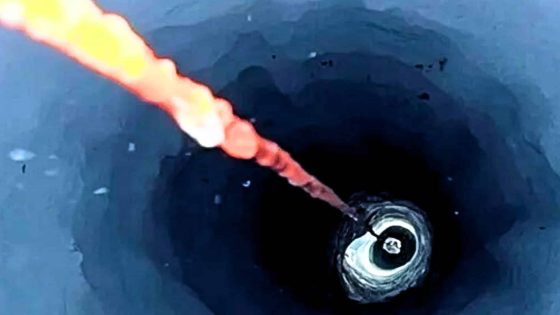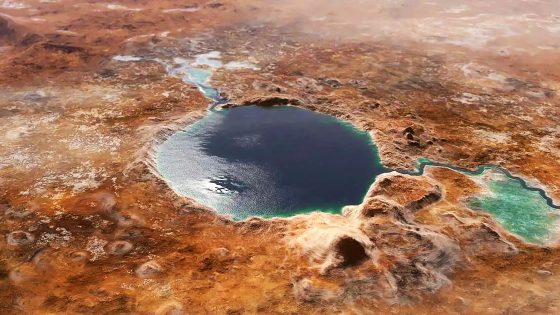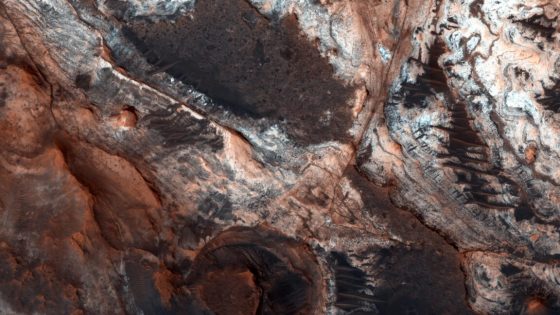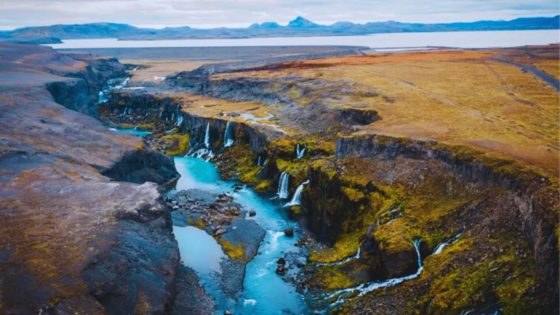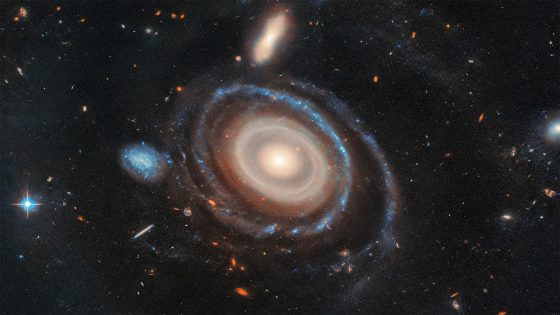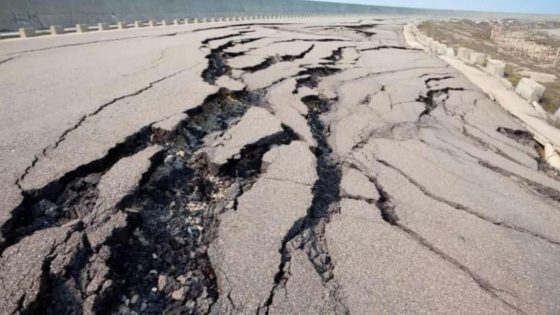A newly discovered subglacial water network is significantly impacting how Antarctica’s ice sheets move toward the ocean. This finding, published on February 17, 2025, reveals that hidden water channels beneath the ice are accelerating glacier movement. Could this mean faster sea level rise than we anticipated?
- Subglacial water network affects ice sheet movement
- Advanced models reveal hidden Antarctic plumbing
- Ice shelves melting, increasing sea level risks
- Subglacial channels contribute to glacial retreat
- Antarctic ice loss could raise sea levels significantly
- Further studies planned for global implications
How Subglacial Water Networks Are Changing Antarctica’s Ice Dynamics
What if the very ice keeping our oceans in check is melting faster than we thought? Recent research shows that water trapped beneath Antarctica’s ice sheets is reshaping how glaciers flow. This hidden plumbing system plays a critical role in accelerating ice movement toward the ocean, raising concerns about rising sea levels.
The Role of Ice Shelves in Antarctica’s Melting Process
Antarctica’s floating ice shelves act as barriers, slowing the flow of glaciers into the ocean. However, these ice shelves are melting rapidly, weakening their protective role. This situation raises critical questions about the future stability of ice sheets and their impact on global sea levels.
- Subglacial water networks are influencing glacier movement.
- Melting ice shelves could lead to more rapid ice loss.
- Projected sea level rise could reach up to 30 centimeters by 2100.
- Understanding these dynamics is crucial for predicting climate impacts.
Understanding the Subglacial Plumbing System Beneath Antarctica
Researchers combined two advanced computer models to map Antarctica’s hidden water systems. This innovative approach helps scientists identify where water is located beneath the ice, revealing how it affects glacier speed. As ice pressure decreases, glaciers can move more freely, potentially leading to faster melting.
The Impact of Climate Change on Ice Dynamics
Climate change is exacerbating the melting of Antarctica’s ice shelves. Warmer ocean currents contribute to this process, threatening to unleash more ice into the ocean. The results could be catastrophic, with significant implications for coastal areas in the U.S. and around the world.
Future Research Directions and Implications
This groundbreaking study opens the door for further research into subglacial water networks in other polar regions. Scientists aim to verify model predictions and explore how similar systems may affect ice dynamics globally. Understanding these processes is essential for predicting future sea level rise and its impact on human populations.



